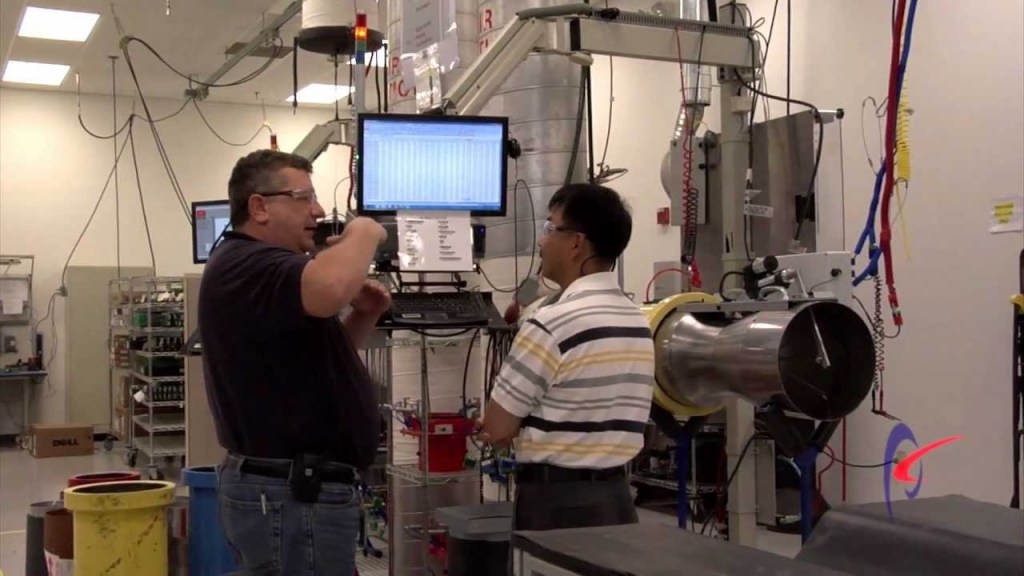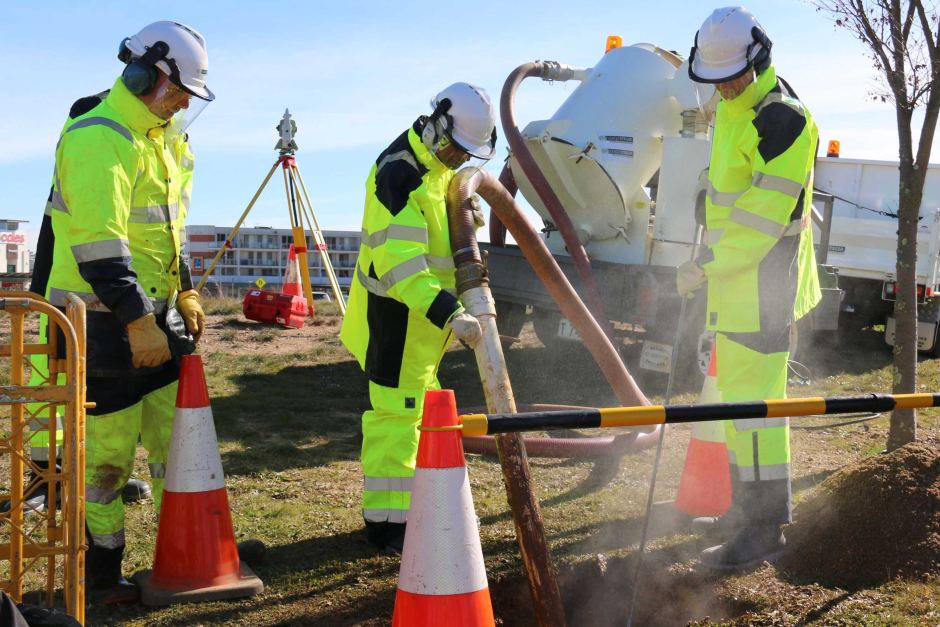Energy efficient air control systems are only half the solution to more economical operation of a clean room or laboratory. It matters a great deal how the personnel who work in a laboratory setting behave while using equipment that affects the amount of makeup air needed to constantly keep the room refreshed. Variable work habits of personnel are the reason why automatic energy-saving controls on fume hoods don’t necessarily save the amount of energy projected when they were in the design stage.
While automated systems make machines run more efficiently, the people that work in a laboratory aren’t robots, and they can act in unpredictable ways. That’s why it’s important to draw up a proper set of protocols for using a clean room or laboratory that has energy efficient air control systems in place. These best practices are just as important as good design and construction of the room itself for safety, efficiency, and energy savings.
Energy Conservation Is More Than Rationing
Too many designers and managers think of energy conservation strictly as cost cutting measures. By taking the approach that you’ll simply consume less energy no matter how you achieve it, you can easily degrade the quality of the air, the lighting, and the other systems in the laboratory. Too much cost cutting on energy can even lead to unsafe situations if you’re not careful. That’s why energy efficient air control systems designers like https://www.phoenixcontrols.com always advise their customers that energy savings must be achieved without degradation in the performance of the air control systems in a clean room environment.
To give an example, if you try to save energy in a laboratory that uses fume hood controls to exhaust noxious gases, simply dialing down the amount of makeup air will only yield a false savings. If the room is starved for makeup air, the exhaust hoods will not be able to expel air properly, and fumes could linger in the work area. There’s no real savings because you didn’t make improvements without maintaining standards of quality.
Three Drivers of Airflow In Energy Efficient Air Control Systems
In some ways, designing energy efficient air control systems is straightforward. There are only three main drivers of airflow into a clean room environment. The first and usually the simplest are the minimum air changes required for establishing and maintaining the amount of filtration necessary for ambient air in the room. This is a safety requirement, but also affects worker comfort somewhat.
In any clean room or laboratory environment, the air must be refreshed regularly for worker comfort. In practice this stream of supply air is required to be cooled and dehumidified, although in some challenging climates heating might be needed. One reason why clean room environments rarely need heating is that many machines operating in an enclosed space produce heat that can’t be expelled easily by simple ventilation. Even in the dead of winter in cold climates, many laboratories require substantial cooling.
The third driver of airflow in a clean room is additional supply air required to run fume hoods. This volume of air flow can be extremely variable, and it is the largest challenge for any energy efficient air control systems designer to account for. Fume hoods are the front lines in protecting workers from exposure to dangerous substances, and it can take complex calculations to make sure that there is always enough air available for the hood exhaust motors to draw out of the room. That’s important in order to avoid contaminants that linger in the hood area, or worse still, that are drawn out into the general air supply.
Some Designers Use Always-On Makeup Air Numbers
Some engineers simply figure how much air that one fume hood would draw out of the room when the hood is fully open and the exhaust fan is running at full speed. Then they multiply this figure by the number of fume hoods in the room, and add this to the makeup air calculations. There is some merit to this approach. There are no circumstances where running the fume hoods would overwhelm the energy efficient air control system’s ability to provide makeup air, and the room would always maintain positive pressure no matter what. Even if all the fume hoods were closed and not operating, the additional make up air would simply pressurize the room further, and keep infiltration from bringing in contaminants from outside the clean room envelope.
That approach isn’t used very often for two reasons. First, it’s very energy inefficient. Running any aspect of an air control system at levels that exceed the necessary HVAC loads wastes energy and money. Secondly, it can have an unwanted effect on user comfort. Rapid air velocity can provide a chilling effect for workers, and it can move paper on desks and create additional annoyances. If the air being introduced to the room increases the air pressure because it can’t be exhausted quickly enough, it can produce effects like sinus headaches and ear popping, especially when personnel enter or leave the room through an airlock.
For these and many other reasons, energy efficient air control systems designers would much rather use design parameters based on typical usage of fume hoods, and then design in a certain amount of headroom to accommodate busy periods. This involves closely questioning the personnel that will be using the laboratory in order to determine what the happy medium might be for makeup air during regular use.
Institute Best Practice Protocols
It’s at this point that clean room or laboratory protocols should be determined and then codified for the training of personnel and for posting in the clean room. One common way to avoid problems with wasted exhaust at fume hoods is to institute a policy that hoods not in use should be completely closed. If they have automated exhaust, they will turn on automatically even if they are only opened a very small amount. It’s also a good policy to direct workers not to open fume hoods any more than is absolutely necessary when work is being performed inside the enclosures. This has a two-fold beneficial effect. Worker safety is improved by keeping contaminants more safely inside the enclosure, and while less air will be exhausted in total, the velocity of the air in the enclosure itself will stay at a higher level than if it was totally open to the room air.



